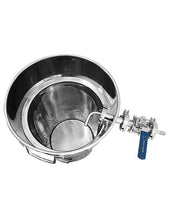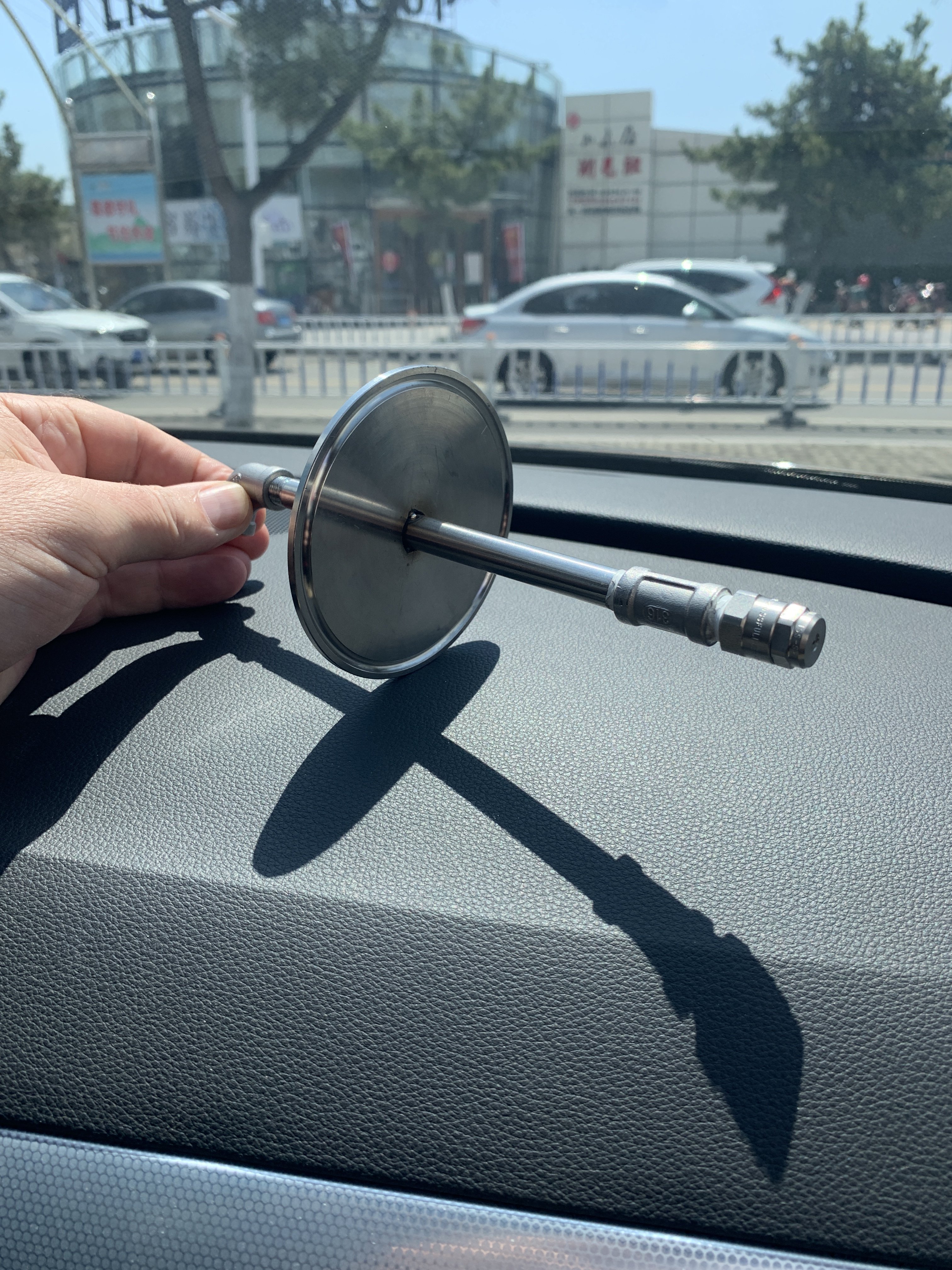bjhbrew
Well-Known Member
- Joined
- Oct 15, 2016
- Messages
- 157
- Reaction score
- 79
I’m curious what solutions people have come up with for supplying water to both a steam condenser and a wort chiller. I recently did my first indoor brew last weekend and ended up pulling our dirty garden hose in through the back door to supply water to my counterflow chiller. Has anyone made some kind of water manifold? I have a sink nearby, is it better to put a garden hose attachment or is there a better, under counter hook up option? Any help appreciated. The condenser I made based on the discussion in this thread worked awesome btw so thanks to all who have contributed.


 The normal flu virus will live on a hard, non-porous surface longer than anywhere else, but it is still no more than 24 hours. The Corona virus can be viable up to 9 days later at normal temps and up to 28 days later under 39F. Break out your iodopher.
The normal flu virus will live on a hard, non-porous surface longer than anywhere else, but it is still no more than 24 hours. The Corona virus can be viable up to 9 days later at normal temps and up to 28 days later under 39F. Break out your iodopher.




